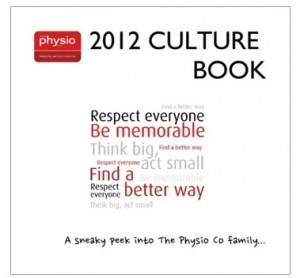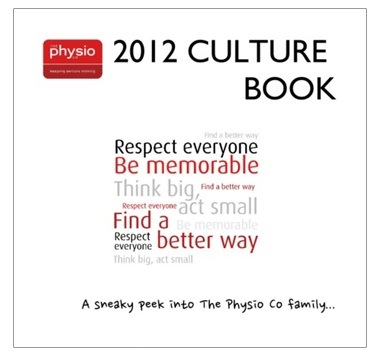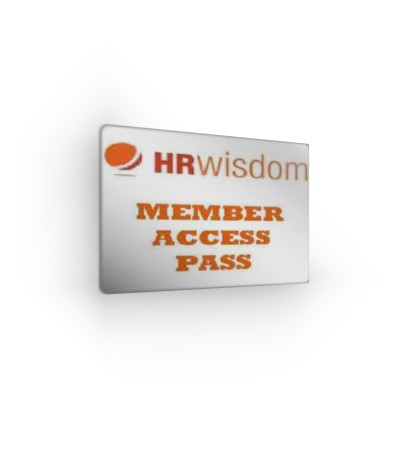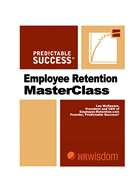Employers often ask us at HRwisdom for good interview questions to select good candidates.
We have gone one better.
 Thanks to long time HRwisdom Community contributor, Robert Watson, we have come up with a Top 10 List of Interview Questions to ask at job interviews.
Thanks to long time HRwisdom Community contributor, Robert Watson, we have come up with a Top 10 List of Interview Questions to ask at job interviews.
However, rather than just give you some excellent questions to ask, Robert also gives you the type of answer you want to hear back from your ideal candidate.
And believe us when we say that Robert knows what he is talking about.
Although he started out as an engineer and quality systems expert, Robert also had many years in the HR field perfecting recruitment & selection systems for a variety of businesses.
Robert even did extensive travel overseas for the express purpose of studying world’s best practice for establishing greenfields (brand new) business operations in Australia – this included how to hire people for their skills, knowledge and attributes (and not just the stuff listed on their CVs).
Download the free HRwisdom Employee Attraction & Retention Guide Now
So far we’ve seen:
- Good Interview Question 1
- Good Interview Question 2
- Good Interview Question 3
- Good Interview Question 4
Let’s look at the fifth question . . .
Good Interview Question 5
Q5. Tell us about some training you’ve done recently.
Wh en you ask the question about training, what you’re trying to find out is the attitude that the person has towards training and improvement in general. I wouldn’t expect that any candidate would ever say to you “We did some training and it was great to have a day away from the work place.” However, some people might say that and if they do tell you that then you can easily see what their attitude is no matter how jovially they might present it.
en you ask the question about training, what you’re trying to find out is the attitude that the person has towards training and improvement in general. I wouldn’t expect that any candidate would ever say to you “We did some training and it was great to have a day away from the work place.” However, some people might say that and if they do tell you that then you can easily see what their attitude is no matter how jovially they might present it.
Preferred Interview Answer – What You Want To Hear
A really good answer that a candidate would give you would be ‘”Yes, we regularly undergo training. The equipment at the work place changed and so we were sent away for four hours of training and it’s really good of the company to make sure that we know exactly how to operate the equipment, the peak of its efficiency.” Something like that so there’s a connection between what the person learned in the business, some sort of a connection.
Then the question that has equal relevance to someone who might have been out of the work force for a period of time. Most of us might think that people out of the work force just sit around with him doing nothing or they might be applying for jobs and things like that. But it’s always good to hear that someone has used their time gainfully even if it’s not necessarily work related.
For instance, I do recall a candidate that I interviewed once who had been out of the work force for six months and he went along to do a homebrewing course. But the way that he went about that was he went around to two or three regional shows in his area where people had submitted homebrew samples and won prizes and he asked the winners how they have learned how to brew and so he gathered data and worked out the best equipment to get and the best course to do. You can imagine that when we employed that guy, he was just fully on about training. You know, ‘Let’s go out there. Let’s learn something. Let’s learn something new. Let’s improve the process.’ So with people like that, you don’t have to force them to go along to training. They expect training to happen all of the time and for all of the right reasons..
Want More Good Interview Questions Right Now?
Stay tuned for the next question in our Top 10 Interview Questions With Answers series.
- Can’t wait to see the rest of the questions and answers?
- Like to know Robert’s thinking behind these questions and how they fit into the overall interview process?
You can download the full document via our HRwisdom Facebook page right now.
Just sign-in or join using the Free HR Resources tab – it’s free and available now at: www.Facebook.com/HRwisdom
By the way, we’d love it if you Like, Share or Tweet this blog post.
HRwisdom
HR Advice, Employment Law Discussion, Staff Management Tips and Information















